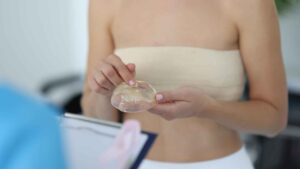If you have PIP (Poly Implant Prothèse) breast implants, you may have heard about concerns surrounding their safety. Since PIP implants became a global health issue in the early 2010s, many women have faced uncertainty about whether they should have their implants removed. In this post, we’ll explore the history of PIP implants, the risks associated with them, and what steps you should take if you have these implants.

Explant Surgery in Miami: Safe, Total Removal Options for Implants




